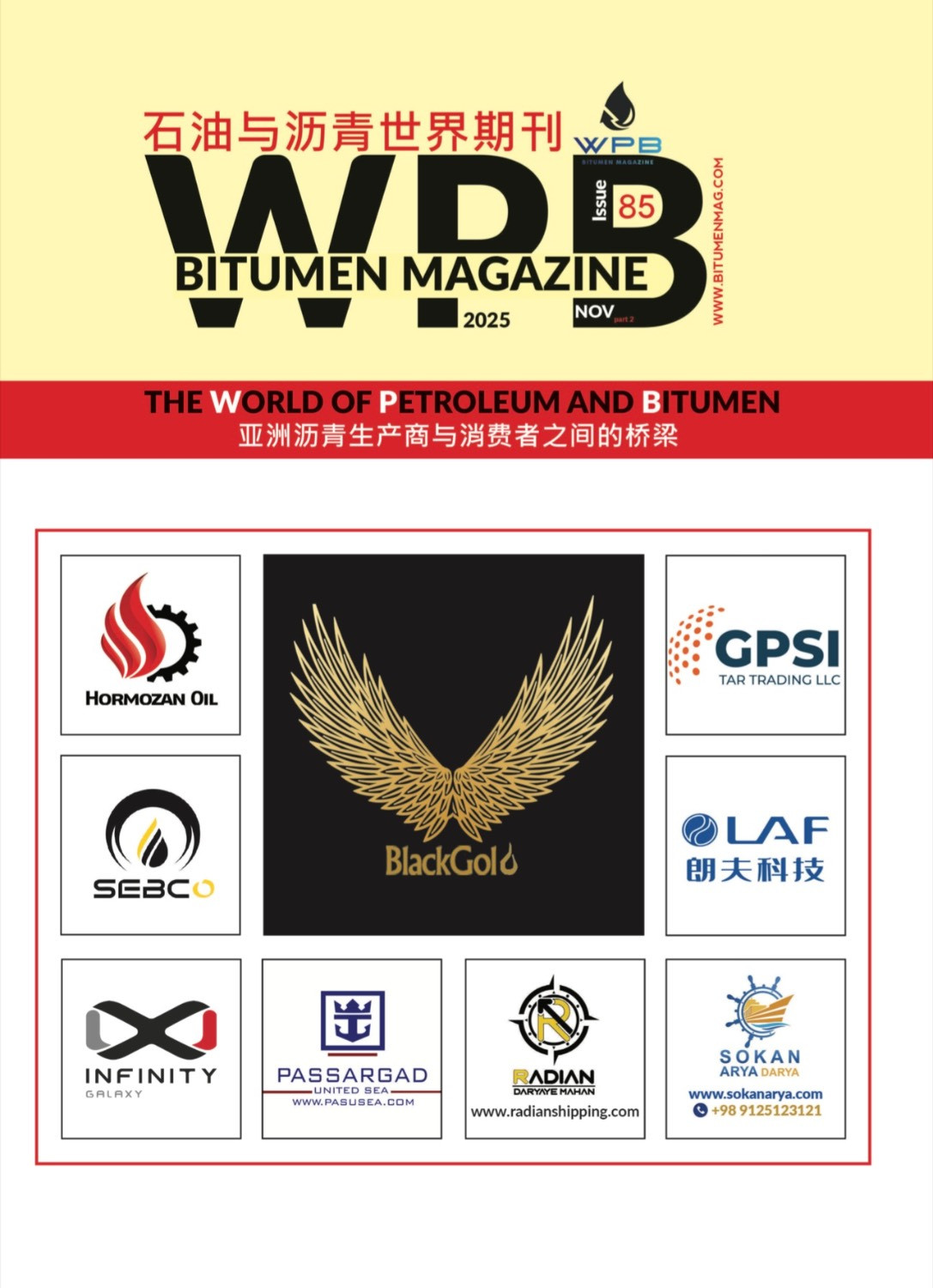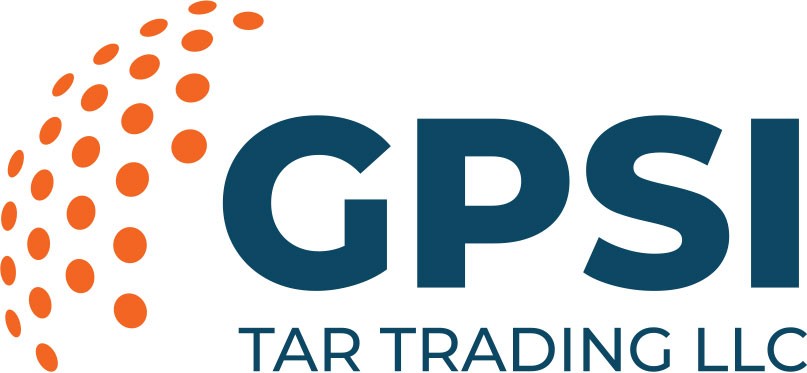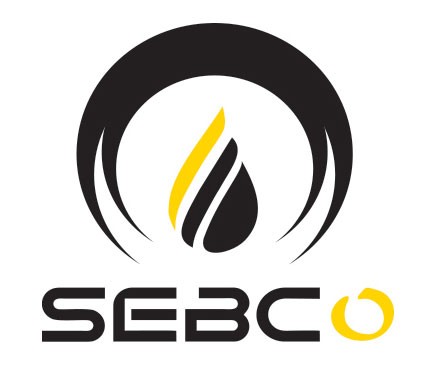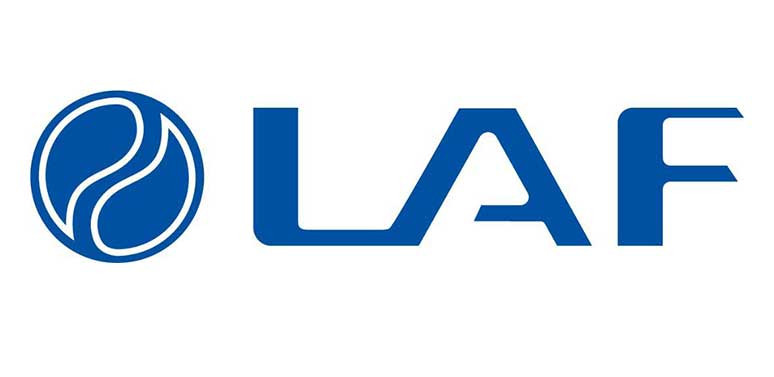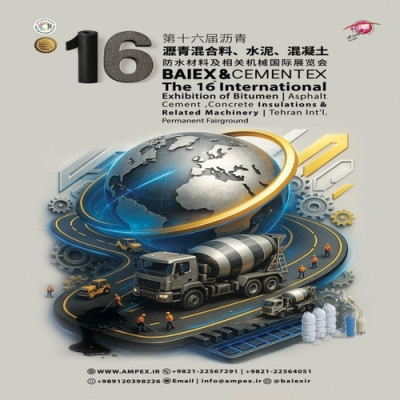According to WPB, India has significantly diversified its crude oil sourcing strategy by boosting imports from the United States and Brazil, signaling a deeper alignment with non-OPEC producers in response to evolving global supply dynamics and geopolitical uncertainties.
Recent analysis by S&P Global Commodity Insights—referenced by Indian industry sources—reveals a marked surge in oil shipments from these Western Hemisphere nations. U.S. crude exports to India recorded a 51% rise in volume, averaging 271,000 barrels per day, while Brazilian exports climbed by 80%, reaching 73,000 barrels per day. These figures reflect the most pronounced growth among India’s crude suppliers, pointing to a deliberate shift in procurement priorities.
This strategic adjustment is rooted in several converging trends. Indian state-owned refiners have actively sought to reduce exposure to OPEC+ market fluctuations and instability in the Middle East. At the same time, decreased Chinese demand for U.S. oil has unlocked opportunities for Indian buyers in the spot market, supported by more favorable freight costs from the Atlantic Basin. Diplomatic outreach has further reinforced these trade flows, with high-level meetings between Indian and Brazilian energy authorities and strengthened bilateral cooperation between India and the United States on energy matters.
Despite these developments, Russia remains India’s largest crude supplier, maintaining a volume of approximately 1.67 million barrels per day, although its growth has leveled off. In contrast, Iraqi and Saudi exports to India experienced slight declines, while Nigerian volumes rose by 26%, reaching 158,000 barrels per day.
India’s ramp-up in U.S. crude purchases also serves a diplomatic function, reflecting broader strategic signaling amidst ongoing trade negotiations. A short-term suspension of select bilateral tariffs—currently in effect—is approaching its end, placing energy trade at the center of high-stakes discussions between New Delhi and Washington.
By strengthening ties with alternative suppliers and leveraging energy flows in trade diplomacy, India is positioning itself to navigate a volatile energy market with greater flexibility and resilience.
By WPB
Crude, Oil, Petroleum

